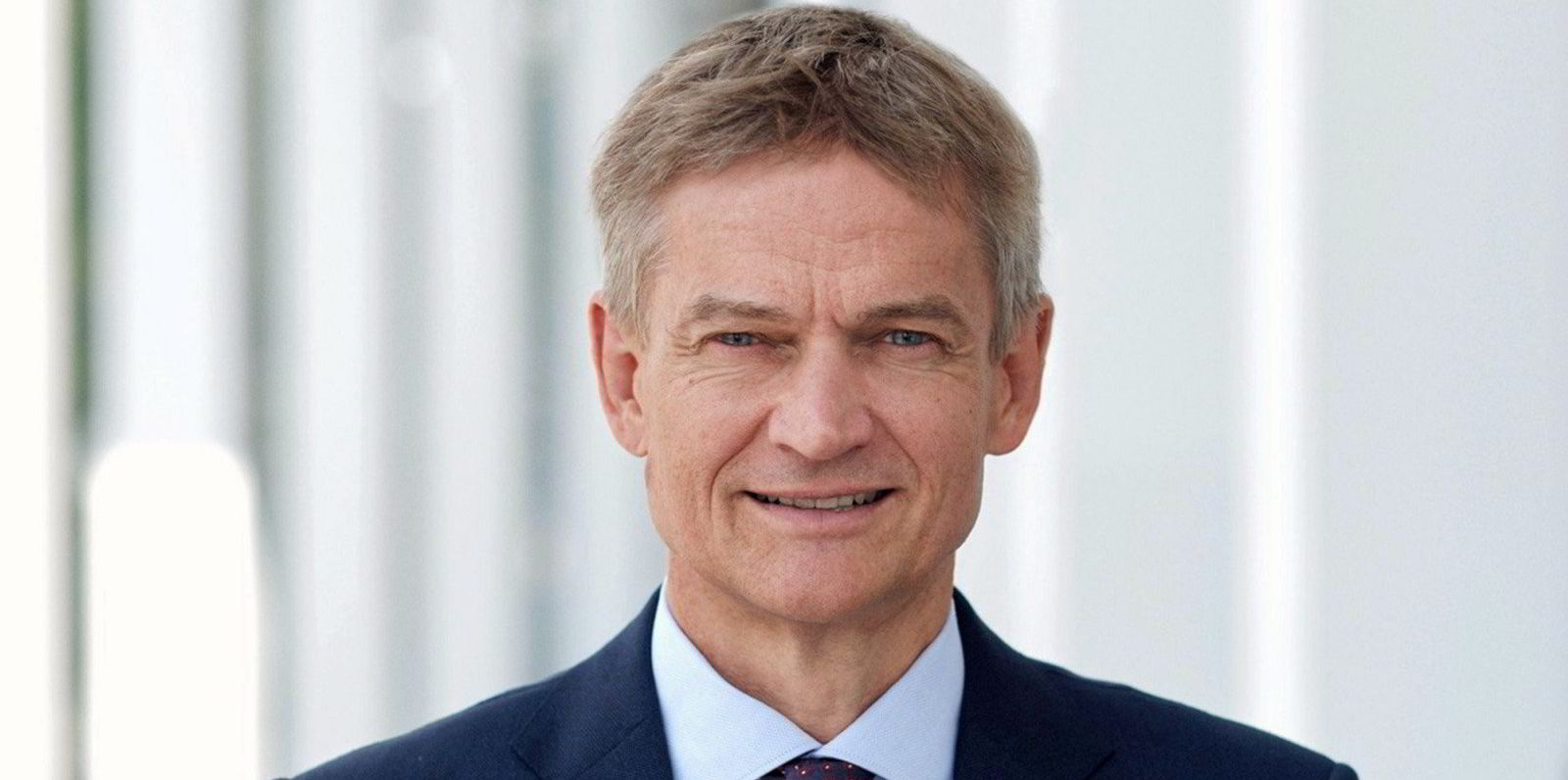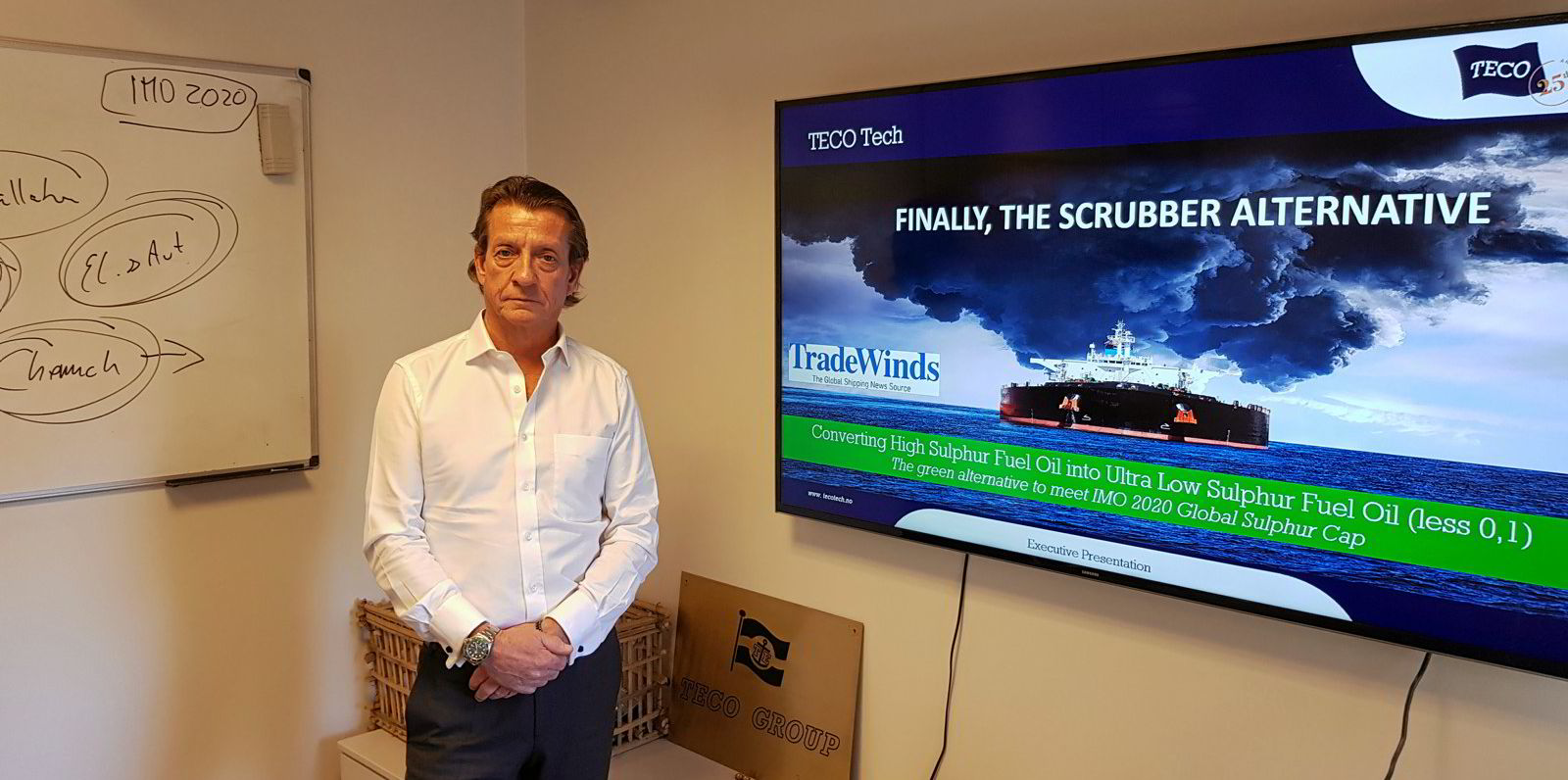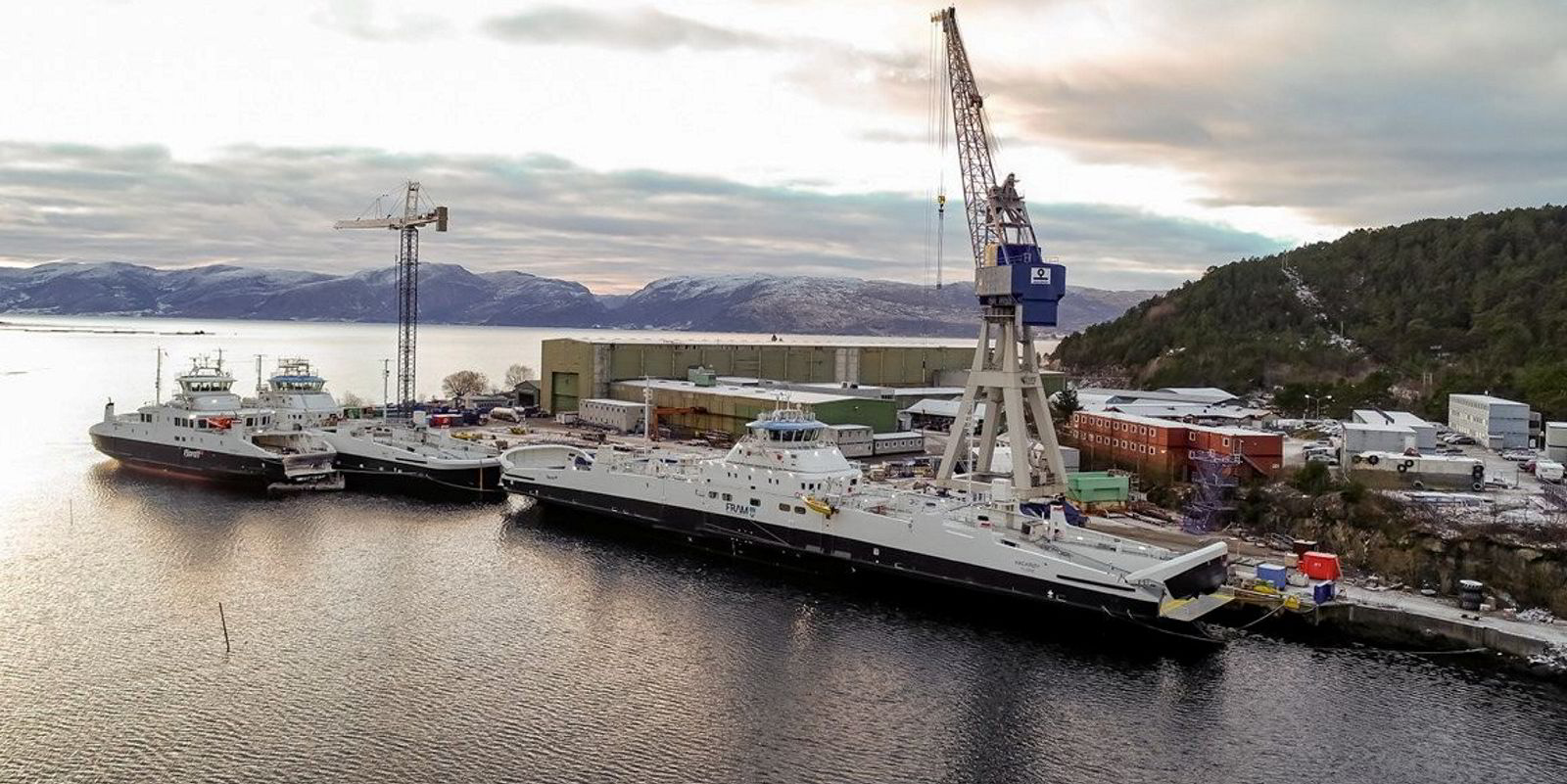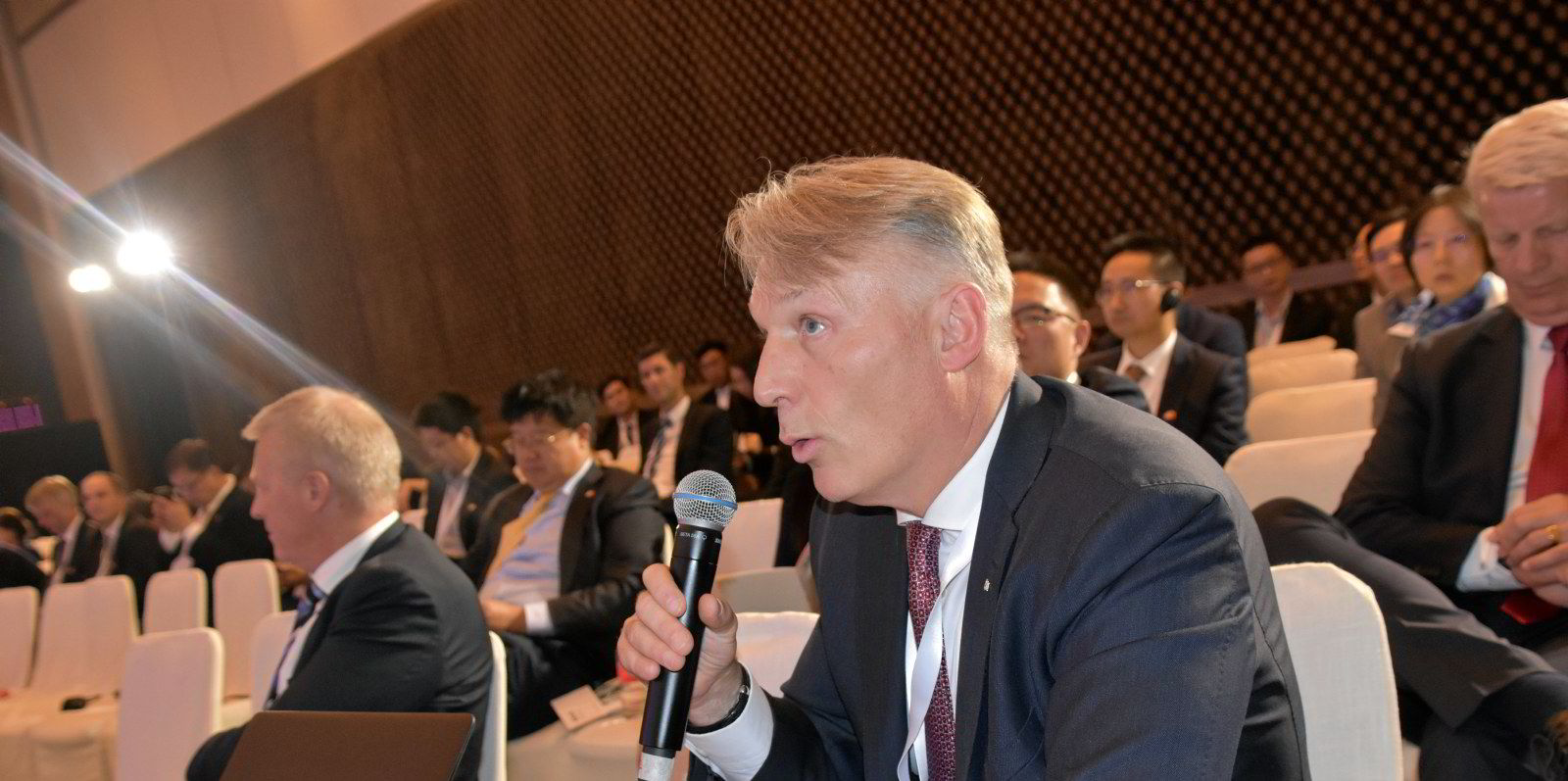Danish ro-ro owner DFDS has revealed a plan to build a large 100% hydrogen-powered vessel to cut emissions.
The company and a range of partners including technology company ABB and Danish Ship Finance have applied for European funding to move the work forward.
The ropax will be powered by electricity from a hydrogen fuel cell system that only emits water.
The green hydrogen will be produced by a new offshore wind energy-powered electrolyser plant off Copenhagen.
The ferry, with the working name of Europa Seaways, will run between Oslo, Frederikshavn and Copenhagen from as early as 2027.
Scaling up the power
DFDS said the cells will produce 23 MW of power, compared to the largest systems available today of up to 5 MW.
The ship will have a fuel-tank capacity of 44 tonnes and carry 1,800 passengers, plus 2,300 lane metres of freight.
The round-trip of 48 hours will be covered by one fuel load, saving 64,000 tonnes per year of CO2.
"The development of such large-scale fuel-cell installations for an electric ferry is a monumental task," DFDS chief executive Torben Carlsen said.
"We can only succeed in partnership with companies that bring together some of the globe's finest expertise in design, approval, building, financing and operation of innovative vessels."
Big names on board
Other companies involved in the project are Ballard Power Systems Europe, Hexagon Purus, Lloyd’s Register, ship designer Knud E Hansen and renewables giant Orsted.
Carlsen said: "Together, we expect to be able to make these fuel types and technologies commercially viable, which is key to a transition of the industry to climate neutrality. This is also the ultimate goal of DFDS' climate action plan."
Hydrogen is fast gaining traction among owners as an alternative fuel.
Norway's Teco 2030 is working on hydrogen fuel cells, while shipbuilder Havyard has promised a viable cell solution for shipping next year.
Hoegh LNG is looking at how its gas carriers can store and transport hydrogen.






